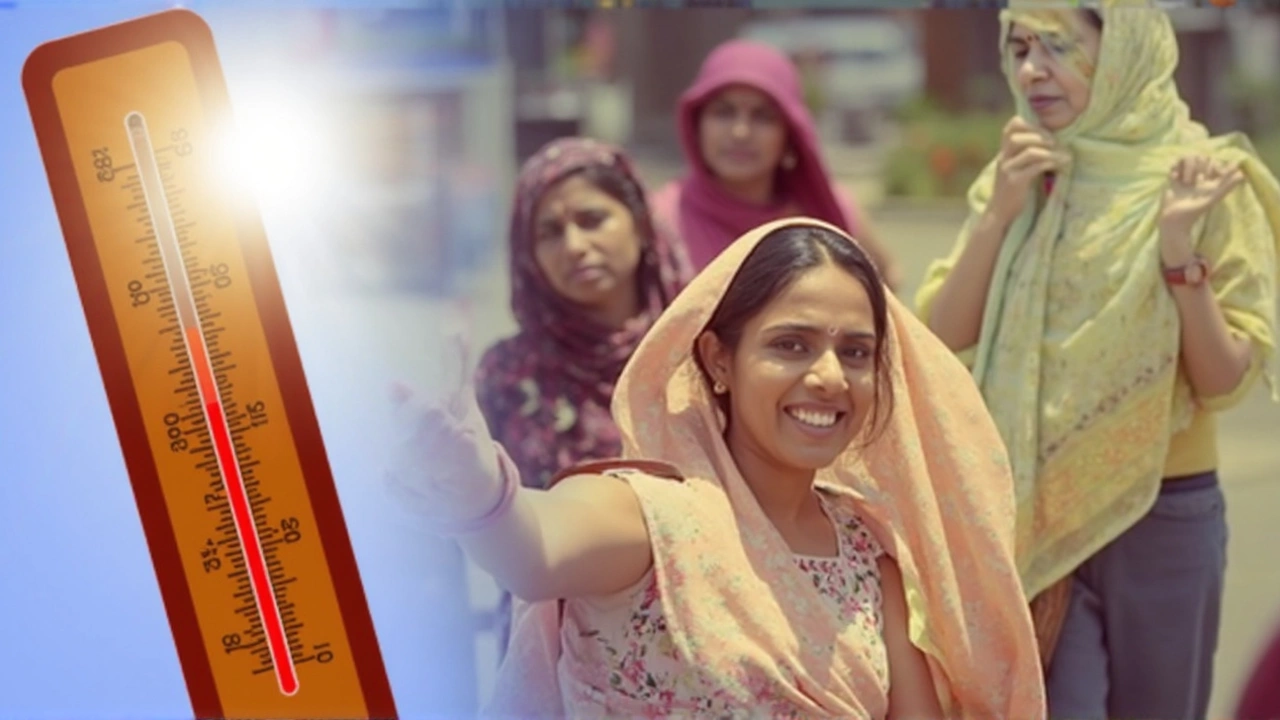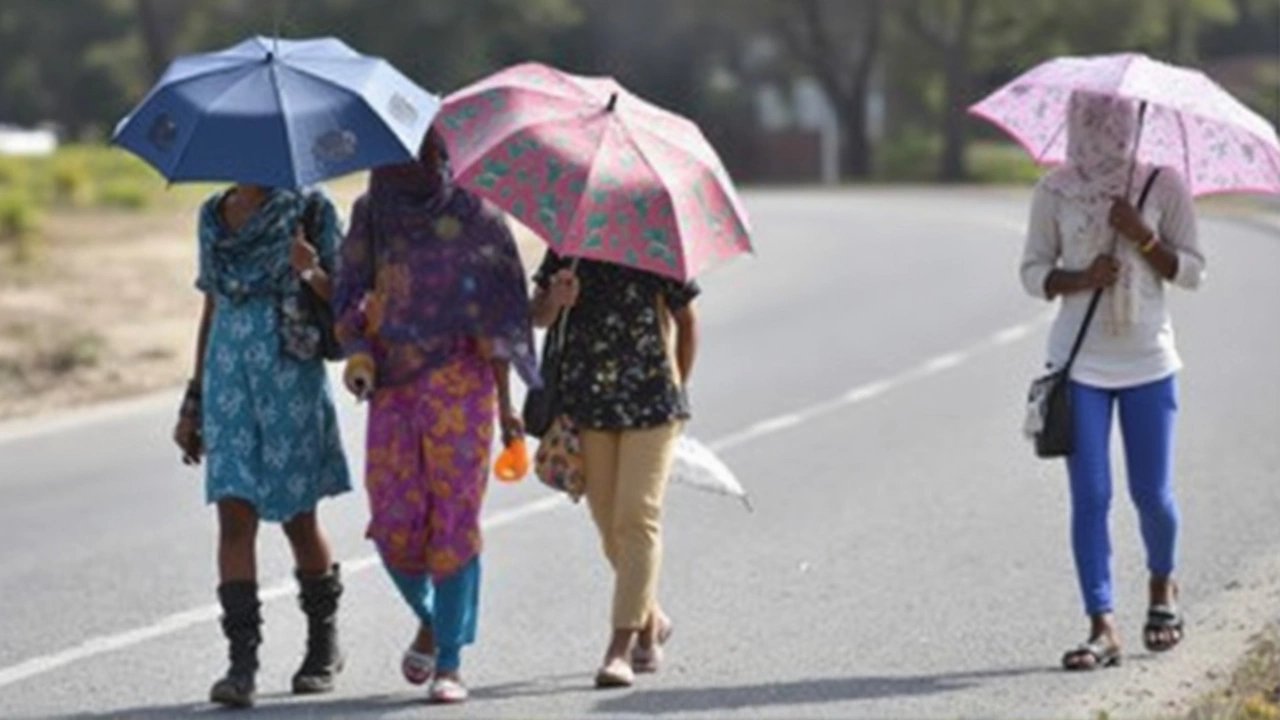Heatwave Warnings: IMD Flags Severe Temperatures Across Delhi and 9 Indian States in April 2025

Relentless Heat Grips Northern and Central India: IMD Raises Alarm
The India Meteorological Department (IMD) isn’t holding back its warnings this April. Ten states — including Delhi, Uttar Pradesh, Jharkhand, Chhattisgarh, Odisha, Gujarat, Rajasthan, Haryana, Punjab, and Chandigarh — are the focus of severe heatwave alerts. The timing couldn’t be worse: it starts early in the season and stretches for weeks, catching many off-guard as daytime temperatures soar to levels unseen in recent years.
Delhi, always at the heart of national weather drama, just recorded its inaugural heatwave of the season on April 7. Mercury spiked to a blistering 40.2°C, and it’s not letting up. The IMD slapped a yellow alert for the capital as forecasters predicted a further spike between April 24 and 26. On those days, the thermometer could touch a sweltering 41°C–43°C, marking temperatures up to 4°C above the typical April average.
For Delhiites, this is more than just uncomfortable. Schools and offices are pushing for early closures and shifting to remote work wherever possible. The local government is spraying water on roads to cool down public spaces. Still, the relentless sun is driving people indoors during peak hours.

Wider Impact: UP, Eastern States, and Strained Urban Life
Residents in Uttar Pradesh, Jharkhand, Chhattisgarh, and Odisha are bracing for longer suffering. The IMD projects up to 10 or 11 separate heatwave days in these states from April to June 2025. In rural areas, farmers are battling cracked soil and wilting crops, while hospitals prepare for a spike in heatstroke admissions. Urban centers, already bustling and overcrowded, face power cuts and water shortages as demand skyrockets when temperatures don’t drop even at night.
The IMD isn’t just offering warnings — they’re urging people to completely rethink daily routines. Hydration isn’t optional; water bottles are a must-carry, and any outdoor work is being revisited as families hunker down during peak sunshine. For the elderly and children, the stakes are even higher. Health departments are running awareness drives, advising residents to avoid direct sun, wear broad-brimmed hats and light cotton clothing, and check regularly on vulnerable neighbors.
Not every region is caught in a heat spiral. The IMD says the Western Himalayas might get some relief from isolated thunderstorms between April 8 and 10, thanks to a western disturbance moving across the range. But that’s little comfort for the plains, where the forecast remains dry and punishing.
To complicate things further, Delhi’s air quality refuses to improve. On the worst days, the Air Quality Index (AQI) crept up to 227 — squarely in the ‘poor’ zone. Combined with the heat, the pollution is making life doubly hard for those with lung conditions, and authorities are discouraging outdoor exercise.
Public infrastructure is under heavy pressure, with water tankers making extra rounds in heat-struck neighborhoods and health authorities rolling out mobile clinics in both cities and small towns. For now, the IMD’s advice rings clear across the north and east: shelter from the sun, stay hydrated, and brace for more days of extreme weather ahead.
